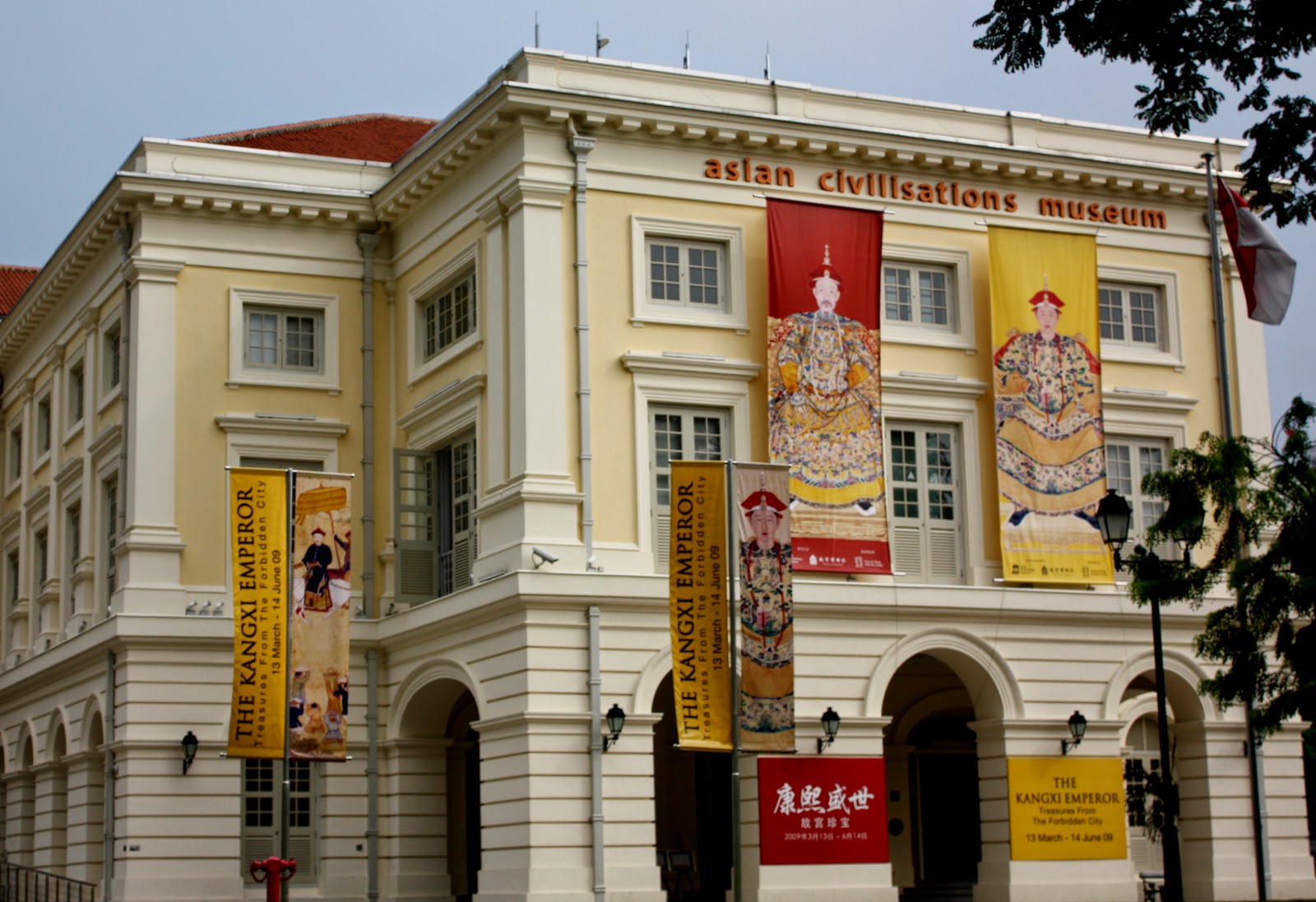Namsan tower
N Seoul Tower is a radio transmitter located in Seoul, South Korea. This building was built in 1969, and opened to the public in 1980, the tower height reaches 236.7 m (777 ft) from the base and at an altitude of 479.7 m (1,574 ft) above sea level. The tower also called Namsan Tower or Tower Seoul alone. However, after the owner of the tower in collaboration with CJ Corporation, the tower is named after the N Seoul Tower (official name CJ Seoul Tower).
Most visitors climb the Namsan cable car to go up, then walk up to the tower. In the tower there is a souvenir shop and a restaurant downstairs. Visitors have to pay when it rises to the top of the tower. There are four observation balcony (on the balcony 4th observation, there is a revolving restaurant, and rotates once for 48 minutes), and also a gift shop and two restaurants on it. Visitors can see almost the entire city of Seoul. Nearby there is also a transmission tower.
Gyeongbok Palace
Gyeongbok Palace is a palace located in northern Seoul (Gangbuk), South Korea. The palace includes from 5 large palace and is the largest built by the Joseon Dynasty.
Gyeongbok Palace was originally erected in 1394 by Jeong Do Jeon, an architect. The palace was destroyed during the Japanese invasion of Korea in 1592-1598 and rebuilt during the 1860s with 330 complex of buildings with 5792 rooms. Standing in an area of 410,000 square meters, Gyeongbok Palace is a symbol of royal majesty and the Korean people. After the assassination of Empress Myeongseong by Japanese spy in 1895, King Gojong leave this palace along with other family members and will never return.
In 1911, the Japanese government is being invaded Korea destroy all the buildings except the 10 main buildings, and build the Main Administration Building of Japan to the governor general of Korea in front of the Throne Room Rear garden palace was once used as the residence of the governor-general during the Japanese colonial period. With the establishment of the Republic of Korea in 1948, President Syngman Rhee to use it as an office and residence. In 1993, after President Kim Young-sam chosen to be president of South Korea, the residence of the Governor-General is destroyed to eliminate the symbol of the Japanese occupation of Korea.
Bulguksa
Bulguksa Temple Bulguk or (佛 國寺; "State Buddha Temple") is the main Buddhist temple of the Jogye Order. Bulguksa is located in Gyeongju, South Gyeongsang Province, South Korea. This temple is so important because it is the site of historic relics from the days of the Silla kingdom, and save 7 pieces South Korean national treasure. Bulguksa classified as Historic and Scenic Site 1 by the South Korean government. Together with Seokguram, a place of pilgrimage in Tohamsan, Bukguksa became a UNESCO World Heritage Site in 1995.
called Bulguksa. Bulguk temple was renovated in the early days of the Goryeo and Joseon Dynasty. However, during the invasion of Japan in 1592-1598, he was not spared from destruction. Reconstruct done as much as 40 times between 1604 to 1805. The renovation was also done on the Japanese colonial era, but some pieces of the temple treasure reportedly disappeared.
Restoration after World War II and the Korean War in 1966. It was only implemented between 1969 and 1973, the late President Park Chung Hee begin restoration efforts and massive improvements to the structure to be like that today. Parts of the stone pagoda restored to normal shape.
Bulguk Temple at the foot Tohamsan and is currently the main temple to the 11th district of the Jogye Order.
national folk museum of korea
National Folk Museum of Korea is a national museum of South Korea, located within the grounds of the Gyeongbokgung Palace in Jongno-gu, Seoul, and uses replicas of historical objects to illustrate the history of the traditional life of the Korean people
The museum was established on 8 November 1945 by the US Government and opened on 25 April 1946 at the City Administration Memorial Hall. When the museum was merged with the National Museum of Korea, its collection of artifacts 4.555 was moved to the latter's Mt Namsan site. In 1975, when the National Museum moved onto the grounds of the Gyeongbokgung Palace, it moved along with it into the Modern Art Museum Building. In 1993 it opened in its present site, which was the former site of the National Museum of Korea. The building's design is based on various historical buildings around South Korea
gate dongdaemun
Dongdaemun Market or Dongdaemun Sijang (동대문 시장) is a market which is situated in the district of Dongdaemun, Seoul, South Korea. The location of Dongdaemun market adjacent to East Great Gate (Dongdaemun) and has long been known as the wholesale and retail markets, especially for garment products . Dongdaemun Market opened in 1905 and has become one of the largest markets in Korea. Dongdaemun Market rose to fame with the nickname as the "Fashion District" for various companies such as Migliore, Doosan Tower, APM began to explore the Dongdaemun and doing business garment. As a result, there are more than 20 pieces mall building that stands in the region. in the vicinity of Dongdaemun market, found many young artists entered the stage to entertain the public and show their talentand there are many tourist attractions that you must visit korea




































































